|
Tierradentro Hypogea is an UNESCO World Heritage Site found in Inza, Department of Cauca, Colombia. Within the Tierradentro Park are structures known as hypogea. Hypogea are defined as any structure built underground, but more commonly they are known as ancient tombs or temples, sometimes with niches for human remains, and often decorated with paintings or carvings scored into the rock. The walls and ceiling of Tierradentro are lavishly decorated in patterns bearing remarkable similarity to other depictions found worldwide referencing the overhead electron streamers of the archaic Peratt Column. The radial pattern of these "zigzag" pinch instabilities, as depicted at Tierradentro, also seems to bear witness to the pattern of encompassing electron streamers as reconstructed by Anthony Peratt. In addition, the larger structural columns of Tierradentro are decorated with faces that also greatly resemble representations found worldwide that appear to depict the Peratt Column's elongated, toroid-wrapped polar plume -- terminating in a trio of ball plasmoids often interpreted as a stylized face featuring very round eye sockets, a sharply featured nose and an open mouth. This same "face" was often interpreted in more northerly climes as a "squatting" humanoid. Thanks to Ancient Origins for featuring Tierradentro Hypogea and nearby sites in a recent article, found here.
For more information on the Peratt Column and related imagery found worldwide, see Kronology page -10,200 to -9000 and Katastropedia page for The Peratt Column.
0 Comments
|
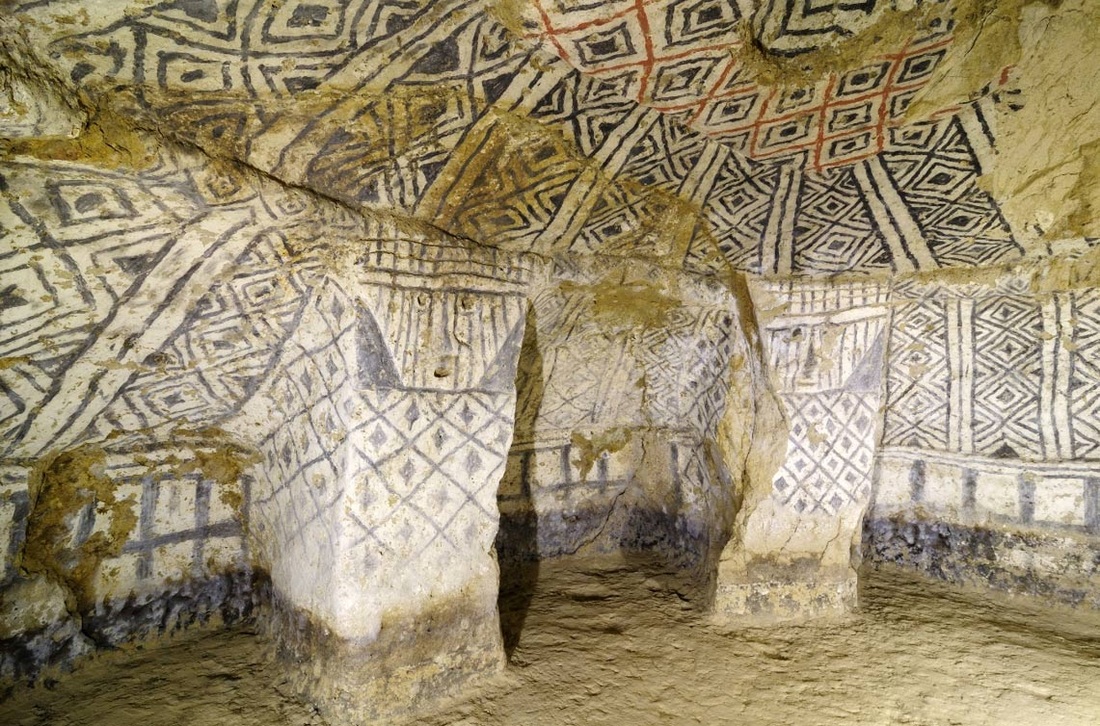
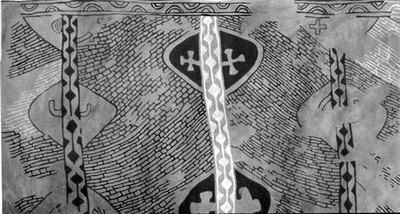



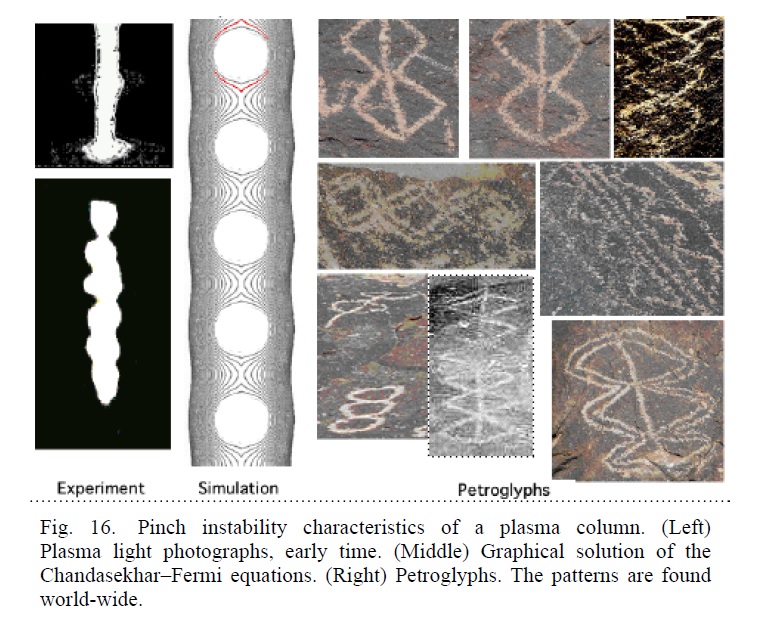
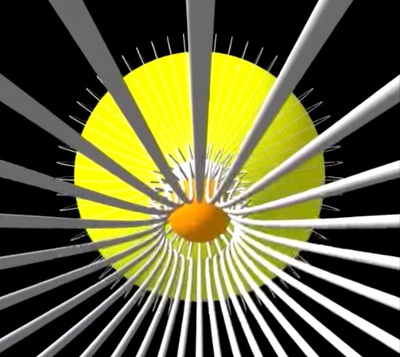
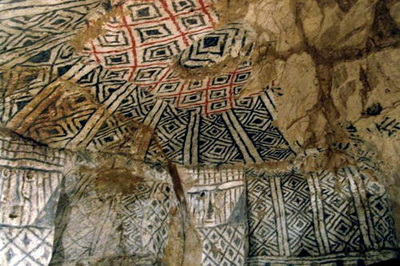
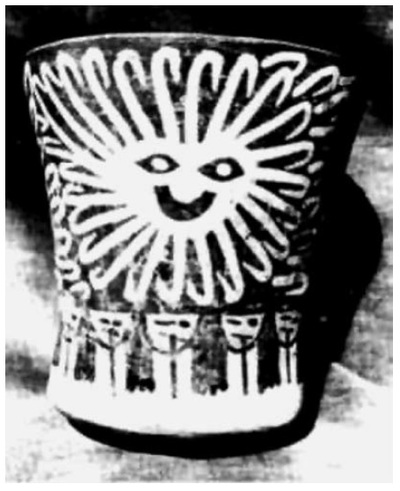

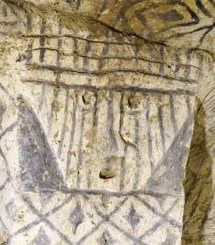
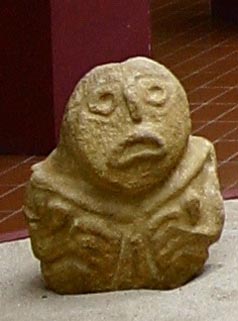
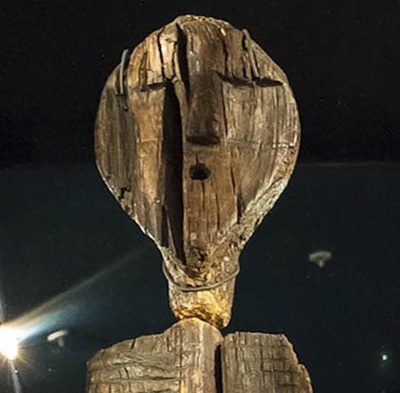

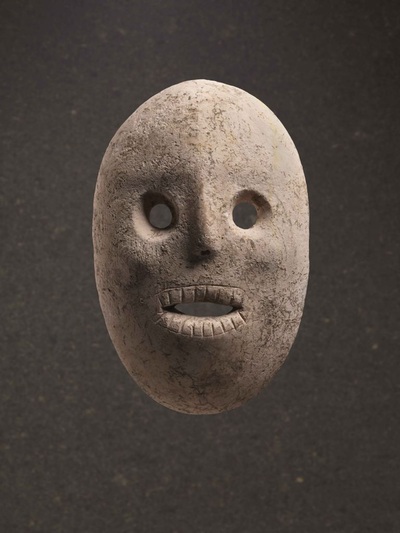
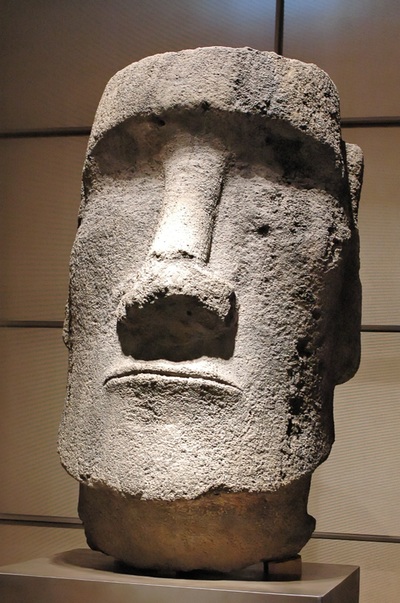
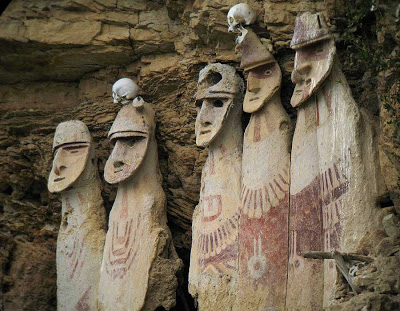
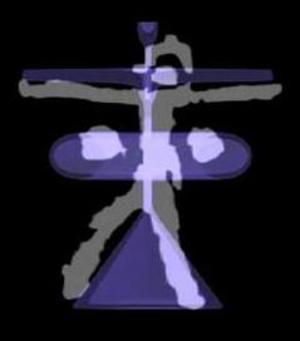
 RSS Feed
RSS Feed